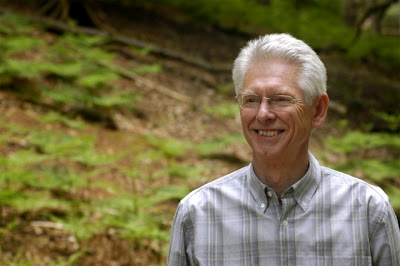Year of the Ibis
2009 was something of an outstanding year for the ibis genus; in the U.K. and other parts of Northern Europe the Glossy Ibis was seen in unprecedented numbers and this was reflected in a marked increase in large flocks of this species in Portugal.
Glossy Ibis (Plegadis falcinellus)
Lagoa dos Salgados had numbers in the 40+ region, trumped by 400 or so on the rice fields north of Alcantarilha. On 13th December a flock of ca. 1,200 birds was recorded at Ponte do Zambujal in Palmela, near Lisbon.
Early in 2009 a group of nine Northern Bald Ibis (Geronticus eremita) turned up at the Herdade de Salgados golf course. These birds then vanished and re-emerged at a golf course at Vilamoura, but shortly afterwards six of the birds returned to Salgados where they took up residence with a flock of Common Coot close to the club-house and first "T".
Northern Bald Ibis (Geronticus eremita)
It became apparent that these birds were not only ringed but had satellite transmitters attached (notice the patch of ruffled feathers on the 'shoulder' of the bird in the above photo), and that they had been released from the Spanish "Proyecto Eremita" reintroduction programme in Càdiz Province. The birds had been hand-reared and proved to be very approachable, if not tame - I have seen visitors hand feeding the birds with sandwiches and on one occasion several birds actually wandered into the reception area of the golf club-house and crapped all over the floor!
One of the six birds was found dead on the golf course and the long-staying five are now reduced to two birds. The fact that they were so tame and were fed a load of unsuitable food might have been their undoing.
Let us just hope that the two remaining birds are male and female and that they manage to strike up more than just a "friendship" (and also lose their interest in golf!!).
Lagoa dos Salgados has also hosted a Sacred Ibis (Threskiornis aethiopicus) during 2009, an un-ringed bird which might be the same as the one seen further north, but undoubtedly an "escape" from a collection.
Sacred Ibis (Threskiornis aethiopicus)
This last species, White Ibis (Eudocimus albus), conveniently hiding its ringed left leg, is courtesy of Parque Zoologica de Lagos.
White Ibis (Eudocimus alba)














